The Rise of Fiberglass Furniture Design
Joe Colombo 'Elda' Lounge Chair in Cognac Leather, 1963
The 1960s and 1970s witnessed a revolution in furniture design, marked by the soaring popularity of fiberglass as a versatile and groundbreaking material. As a result, designers and manufacturers embraced the innovative properties of fiberglass, propelling it to the forefront of furniture production during this era.
One of the most notable characteristics of fiberglass is its extraordinary strength-to-weight ratio. This attribute allowed designers to create furniture pieces that were lightweight yet surprisingly sturdy, offering an optimal balance between functionality and aesthetics. Additionally, fiberglass possessed inherent flexibility, granting designers the freedom to explore exciting and unconventional shapes, pushing the boundaries of traditional furniture design.
Maurice Calka for Leleu-Deshays, "Boomerang" Desk, France, 1970
The advent of fiberglass furniture coincided with the mid-century modern movement, which valued simplicity, clean lines, and minimalism. This marriage between fiberglass and mid-century modern design principles resulted in iconic pieces that defined the era. One such example is the iconic Eames Fiberglass Chair, designed by Charles and Ray Eames. The chair's revolutionary molded fiberglass shell exemplified the material's potential in producing organic, curvaceous forms that were both visually appealing and ergonomically sound.
Archizoom Associati, Modular ‘Safari’ sofa, designed 1968, manufactured 1970s
Fiberglass furniture also embraced the spirit of experimentation and expressed the vibrant and bold aesthetic of the 1960s and 1970s. Funky, psychedelic colors and patterns were integrated into these designs, injecting a sense of playfulness and individuality into the furniture. This integration of vibrant hues and eye-catching patterns reflected the changing cultural landscape and the desire to break away from more conservative design norms.
Sergio Mazza ‘Toga’ chairs for Artemide, 1968
Moreover, fiberglass furniture boasted exceptional durability and resistance to fading, making it ideal for both indoor and outdoor use. This was particularly relevant during the 1960s and 1970s when the concept of outdoor living gained popularity. The ability to defy the elements and retain its original beauty made fiberglass furniture a favorite choice for patio sets, pool loungers, and garden chairs.
As the 1970s progressed, advancements in technology and manufacturing techniques expanded the range of possibilities with fiberglass. Wood and metal frames were combined with fiberglass shells, amplifying the material's versatility and creating an even greater array of design options. The marrying of different materials further accentuated the fusion of traditional and contemporary elements, resulting in furniture pieces that stood the test of time.
The widespread usage of fiberglass in furniture design during the 1960s and 1970s left an indelible mark on the industry. Its innovative properties and ability to embody both form and function allowed designers to usher in a new era of expressive and daring creations. While fiberglass furniture experienced a decline in popularity in subsequent decades, its profound influence on design and its lasting legacy remain a testament to its pivotal role in shaping our furniture landscape.
Our Favorite Fiberglass Works
Verner Panton Fiberglass Lounge Chairs in Brazilian Cowhide and Leather, pair, 1969
Rare 'Lampione' Floor Lamp designed by Fabio Lenci for Guzzini Italy 1968
Vintage ‘Pod’ armchair by Mario Sabot, Italy 1960
Thor Larsen for Torlan Staffanstorp 'Ovalia' Egg Chair in Blue Fiberglass, 1968
Gradual Sofa by Cini Boeri for Gavina / Knoll, set of 3, 1970s
La Chaise by Charles and Ray Eames for Vitra. Rare First Generation Construction, 1998
Set of LAR Chairs by Charles and Ray Eames, 1960S
Sunball chair by Günter Ferdinand Ris and Herbert Selldorf for Rosenthal, 1969
Armchair MP-61 in Brazilian Rosewood by Percival Lafer, Móveis Lafer, 1973
Sofa Mp-61 in Rosewood by Brazilian Designer Percival Lafer, 1973
Pierre Laporte "Girolle" Chair for Thonet, 1960S
Pair of "Garden Egg" Epoxy Chairs by Peter Ghyczy
Wendell Castle ‘Molar’ fiberglass settee and lounge chair, 1970s
Molar Dining Table by Wendell Castle, 1970s Gel-Coated Fiberglass , Mid-Century
Marsala 3 Seater Sofa by Michel Ducaroy for Ligne Roset, 1970s
Set of Two Yellow Targa Chairs by Klaus Uredat for Horn Collection, Germany, 1970s
DISCLAIMER: THE MILLIE VINTAGE DOES NOT OWN ANY RIGHTS TO THESE PHOTOS. PLEASE NOTE THAT ALL IMAGES AND COPYRIGHT BELONGS TO THE ORIGINAL OWNERS. NO COPYRIGHT INFRINGEMENT INTENDED.










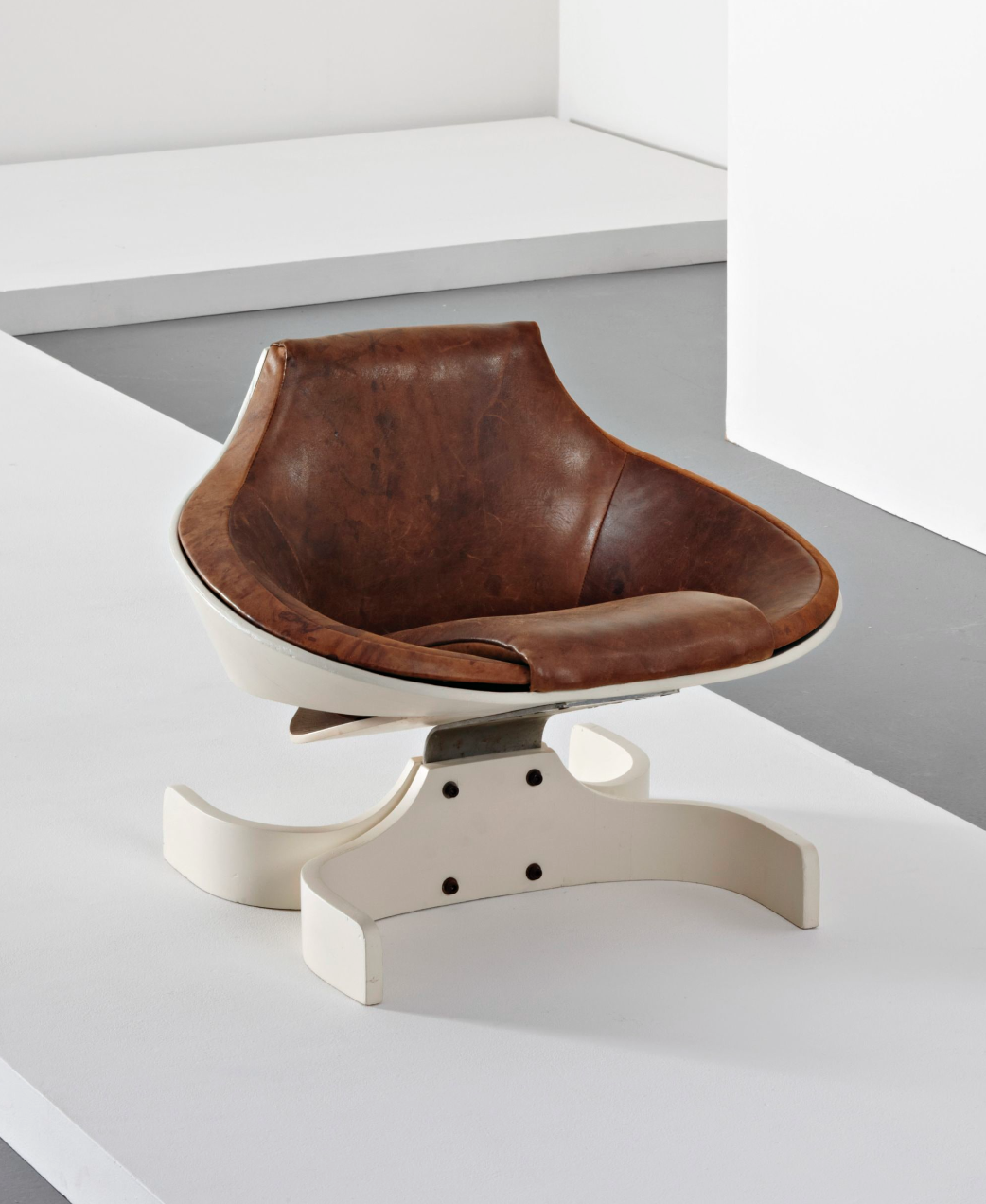












































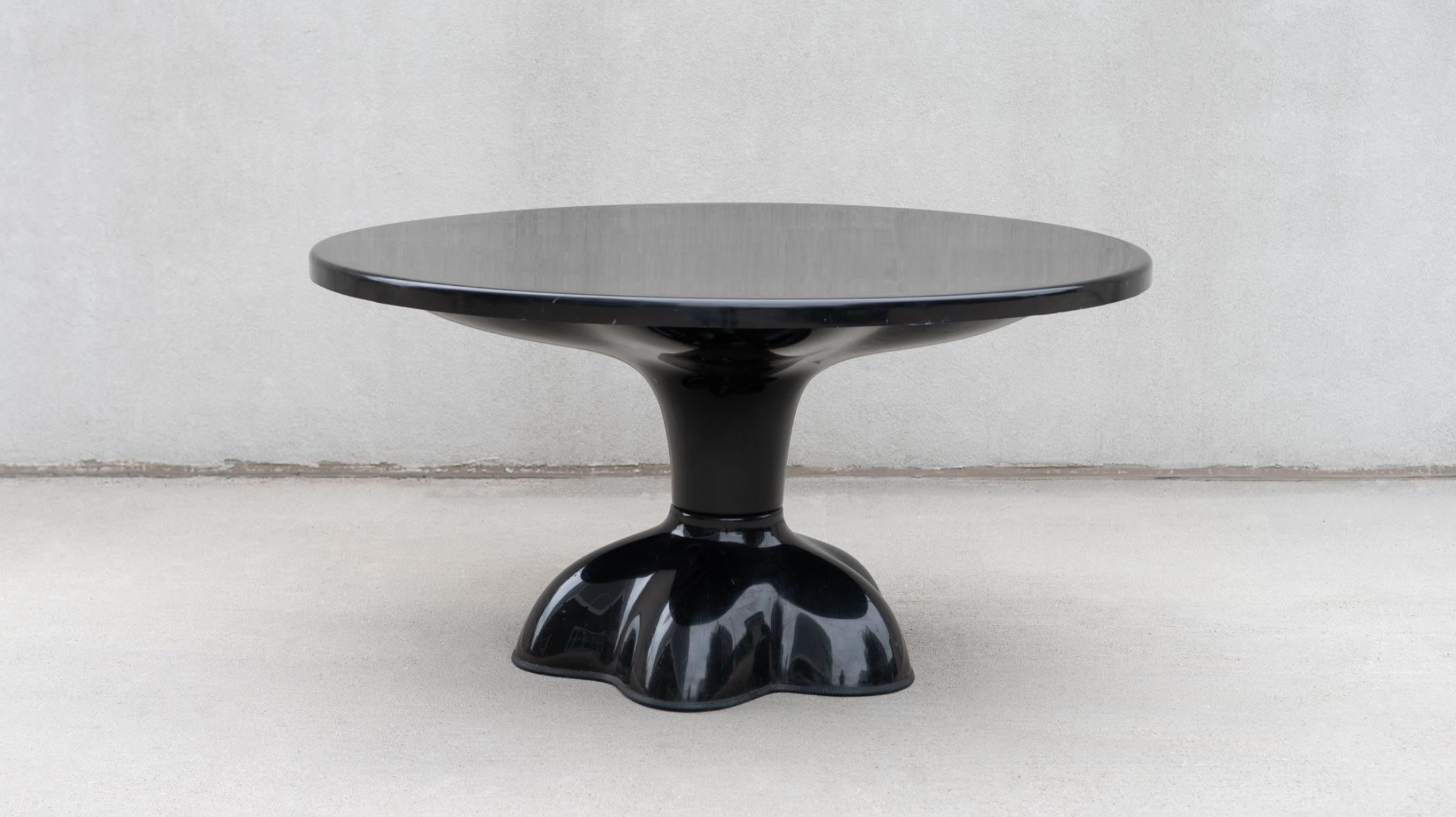


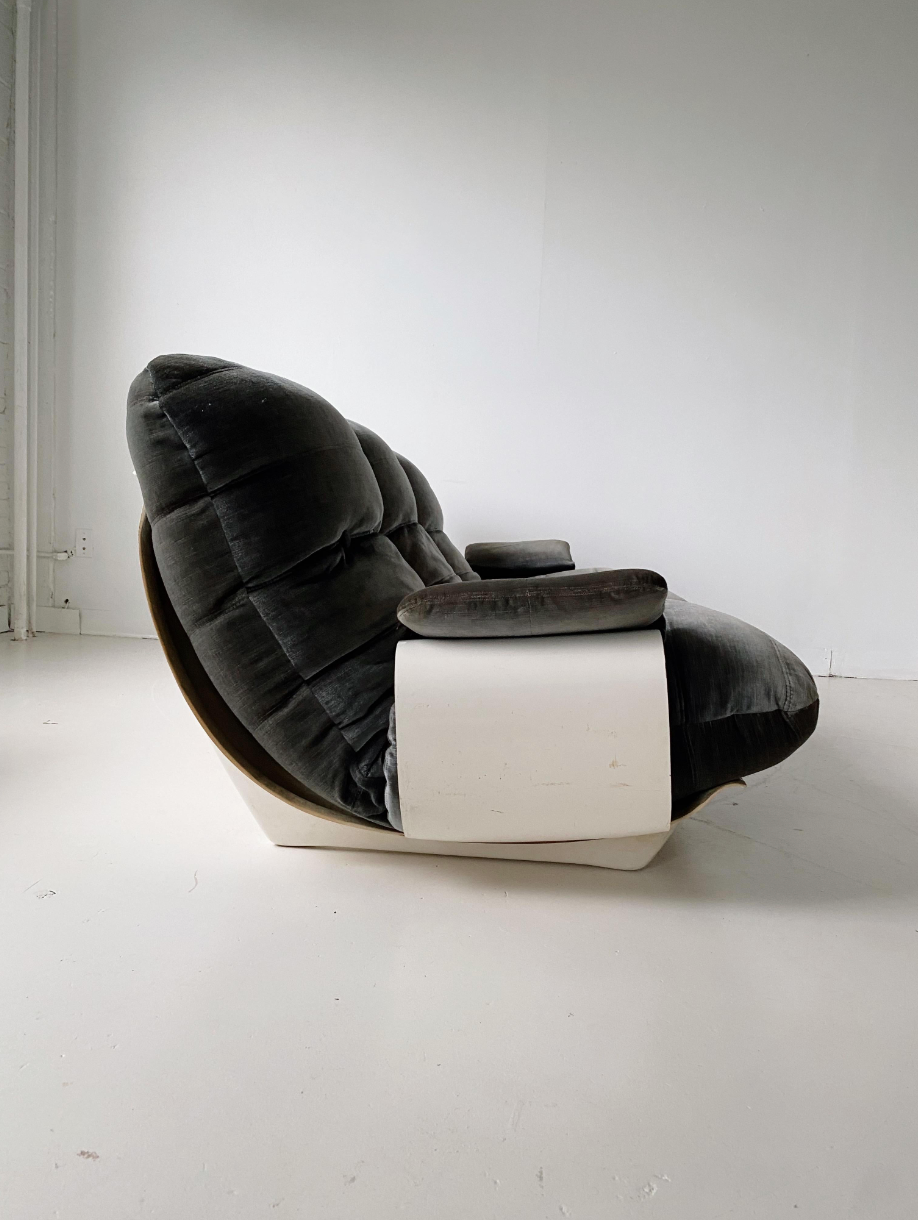




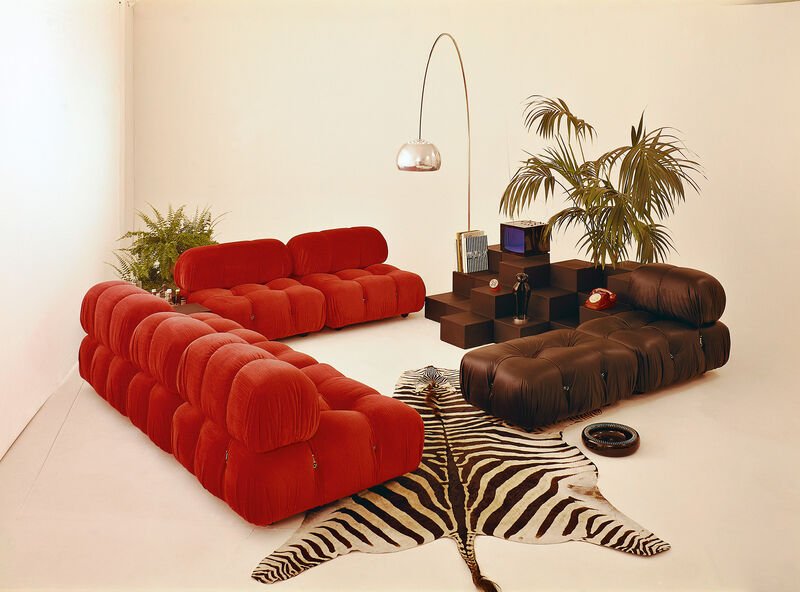




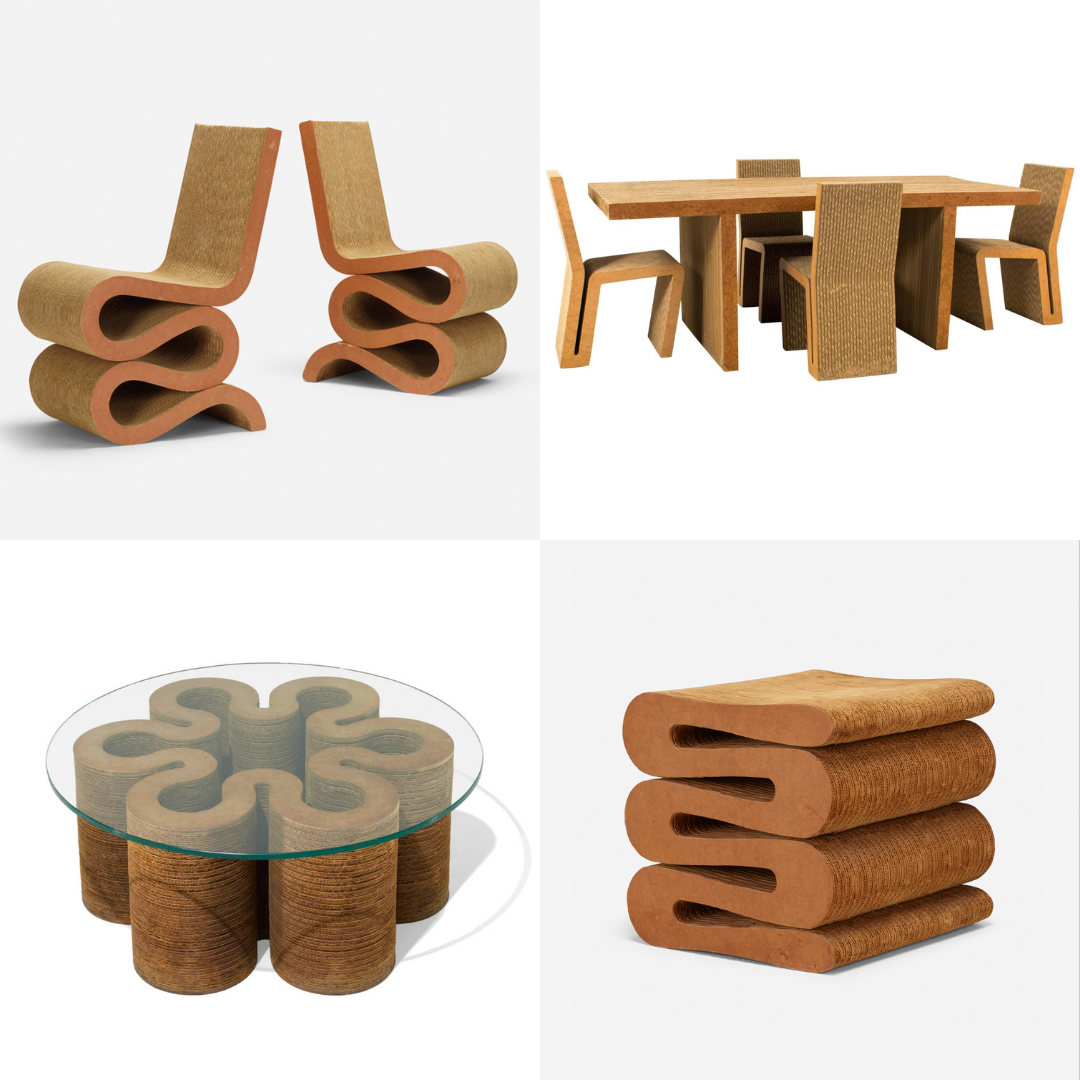






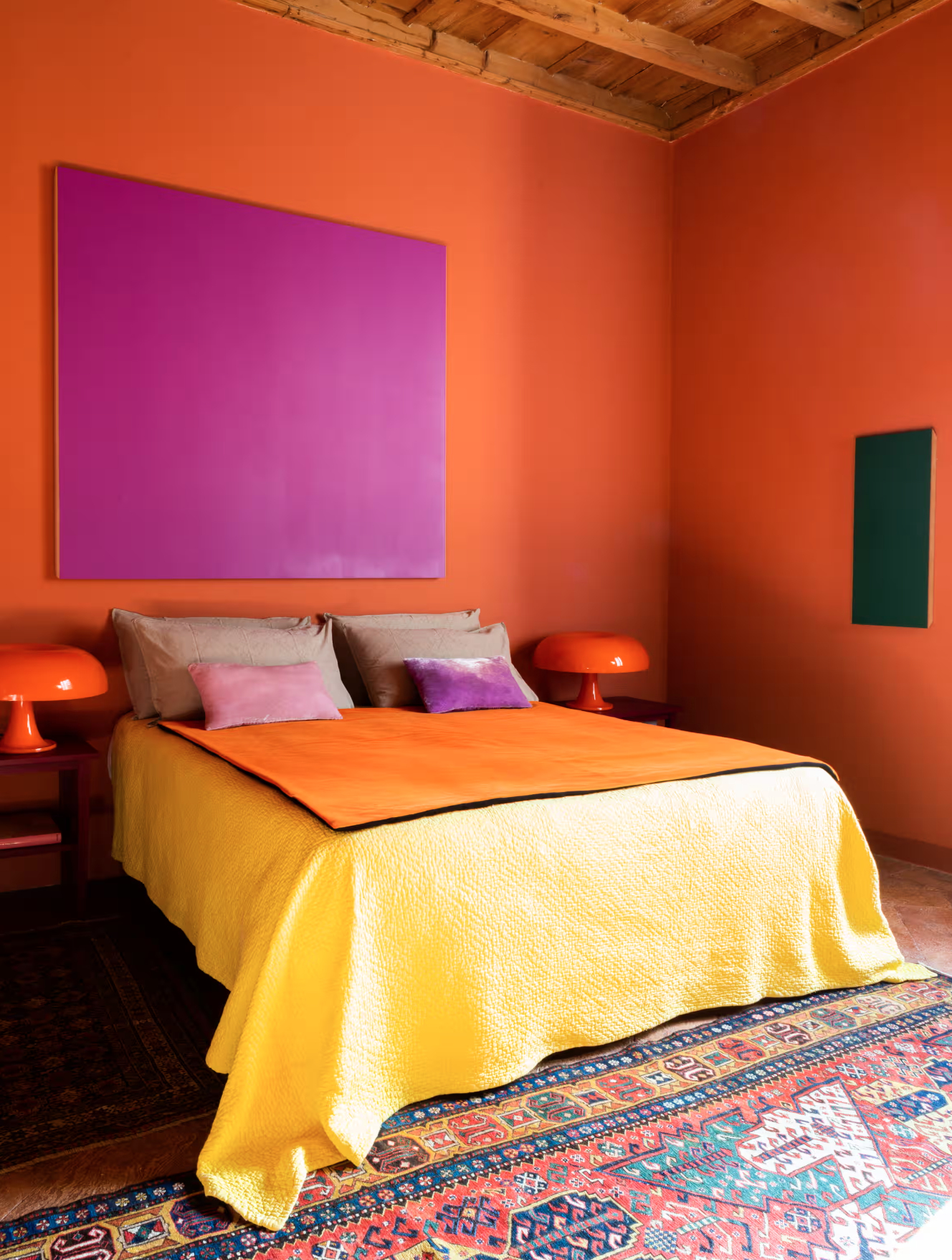

























It’s no surprise that celebrities have the ability to acquire some of the most rare and incredible pieces of design. We are thrilled to see faces we look up to, enjoying vintage design as much as we do.